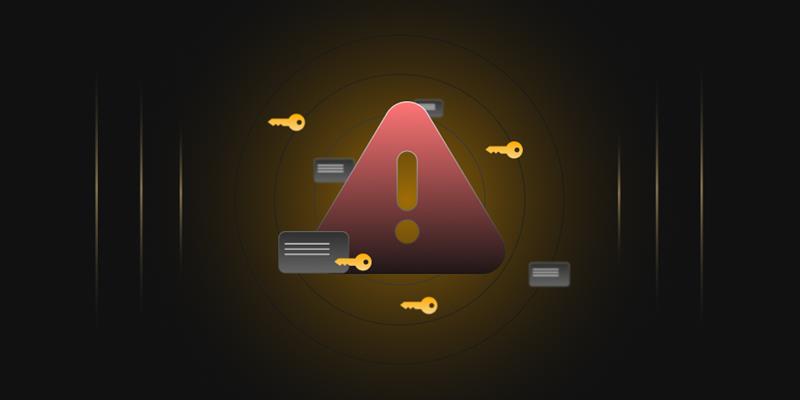Introduction
Code Signing, as a technology, provides authenticity to the software codes, applications and/or files. This is done by signing the code using digital certificates and public key infrastructure. Hence, code signing provides assurance and trust to end users against code tampering or corruption. This is just one of the benefit of using code signing. To explore the “Top 5 benefits of Code Signing“, please go through the blog article: www.encryptionconsulting.com/code-signing-top-5-benefits
Every organization is expected to benefit a lot through code signing and this very reason makes this technology critical. One has to keep in mind the best practices to be followed while implementing code signing. Because when there is a breach of private keys of your company due to poorly implemented infrastructure, it not only impacts the customers but also the trust they have on your brand and its products.
Let’s take a look into the most critical best practices your company has to follow while implementing code signing technology:
Code Signing: Best Practices :
- Separation of environments: Test signing and Release signing: One of the important code signing best practice is to set up a parallel environment for code signing infrastructure to sign test code with an internal test root Certificate Authority (CA). Internal test root CA would provide test certificates for signing the code. This benefits the firm in two ways, first benefit is limiting the exposure of actual private keys and code signing mechanisms to close group of users/developers and the other benefit is to opportunity to test the signed code for functionality bugs and vulnerabilities.
Test signing can be done in two ways:
- Test Certificate Signing Authority
- Self-signed certificates Mid-size to small sized organizations can use self-signing certificates for the test code sign process. This might involve some effort to make the certificates trusted as, by default, it won’t be trusted. In general, one can obtain these certificates through free tools without using any public key infrastructure (PKI). Organizations with complex and huge size test environment can use internal test CA for generating test certificates for the code signing process.Either your firm uses self-signed certificates or internal test CA, always ensure that code signing process and root certificates are separated between test and production environment.
- Restricted access to Private keys through physical security: Systems with private keys have to have minimal access. As the saying goes, the most secure computer would be the one with minimum external connections. Hence, minimize the number of personnel having access to system with private keys used for code signing process.
Physical security is equally important for securing the sensitive data. In spite of all the virtual measures taken, if there is an employee or contractor who gains unwanted access can be a high threat. Physical measures such as cameras, fingerprint access, security guards etc. can be utilized for providing physical security.
- Cryptographic hardware protection modules (HSMs): Cryptographic hardware protection modules restrict the export of private keys from these devices. Cryptographic modules are tamper proof and secure for storing keys that are used to sign digital certificates. There are three important types of cryptographic devices used for securing keys:
- Hardware Security Modules (HSMs)Smart cardsUSB tokens – Smart card device In general, HSMs are preferred over other devices as the security standards are relatively higher. Ensure that all the devices used are compliant with FIPS 140 level 2 certified.
- Timestamp process: Public or Private: Time stamping process helps in verifying the authenticity of the publisher after the expiry of certificate. Public time stamping authority can be used for cost benefit but it is always suggested to use internal timestamp authority to avoid public network access.
Timestamp certificates can be issued for a maximum time period of 135 months. Strict measures has to be taken while you expose code signing process during external/public time stamping.
- Scan the code for viruses: Code signing process helps in authenticating the code alone and cannot secure the code. Hence, it is always suggested to perform virus and malware scans before publishing the code and signing with digital certificates. Using virus/malware scan improves the quality of code as well.
If your organization is looking for implementation of Code signing, please consult info@encryptionconsulting.com for further information




